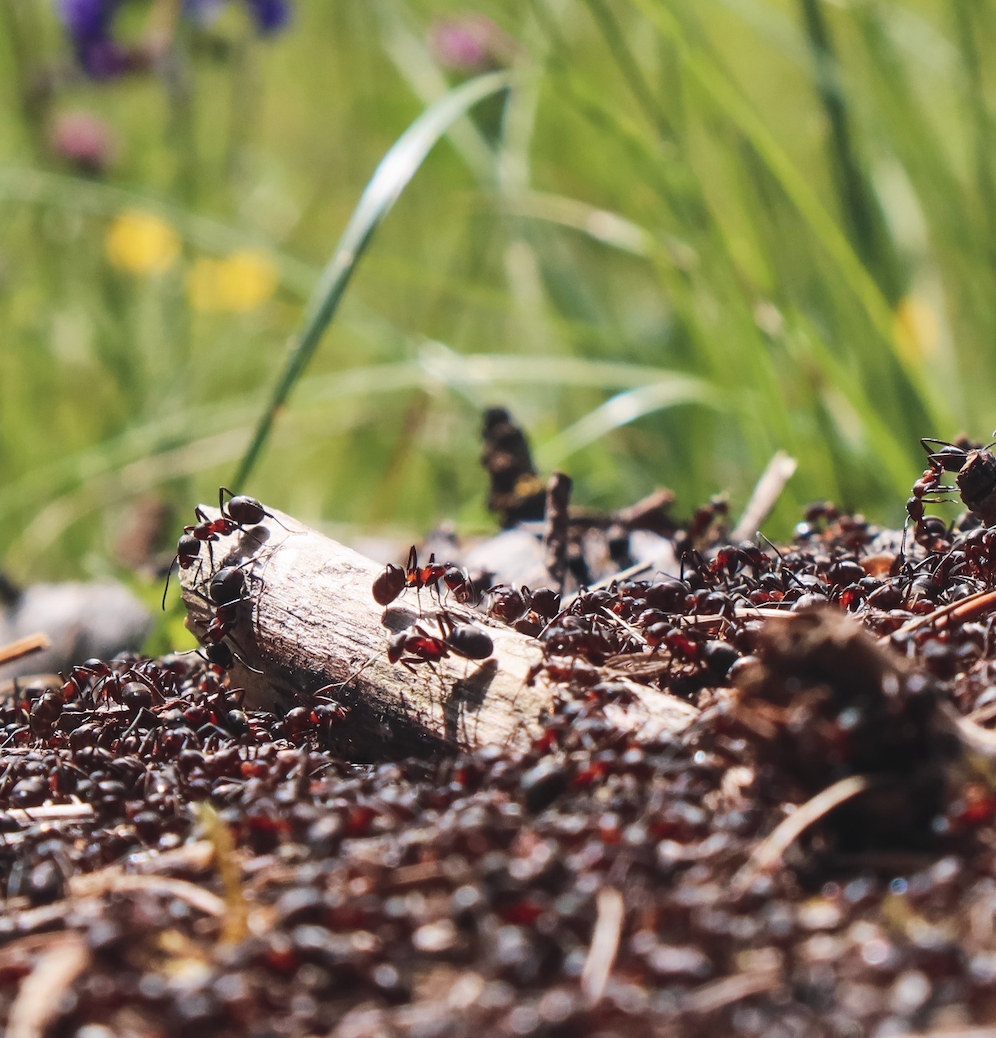
How to Get Rid of Lawn Ants and Protect Your Grass
Share
Lawn ants can be a frustrating problem for homeowners, especially when they start creating unsightly mounds and damaging your grass. While ants don’t feed on grass, their tunneling activity can disturb roots and soil, leading to patchy or unhealthy lawns. If you’re dealing with an ant infestation in your yard, here’s how to eliminate them effectively and prevent their return.
Identify the Ant Problem
Before treating ants, it’s important to identify their presence and assess the level of infestation. Common signs include:
- Small dirt mounds on the lawn
- Ant trails leading to and from food sources
- Patchy grass where soil has been disturbed
Most lawn ants, including black ants and fire ants, are not directly harmful to grass, but their nests can affect the soil’s structure and plant health.
Natural Methods to Remove Lawn Ants
If you prefer to avoid chemical treatments, there are several natural ways to control ant populations:
- Boiling Water – Pouring boiling water directly onto anthills can destroy their colonies, but it may take several applications. Be cautious, as this can also harm nearby grass.
- Diatomaceous Earth – Sprinkling food-grade diatomaceous earth over ant trails and nests can dehydrate and kill ants without harming pets or children.
- Vinegar Solution – A mix of equal parts vinegar and water can disrupt ant trails and make your lawn less appealing to them.
- Soapy Water – Dish soap mixed with water can break down ants’ exoskeletons when sprayed directly on nests and trails.
Chemical Treatments for Lawn Ants
If the infestation is large or natural methods are ineffective, chemical treatments may be necessary:
- Ant Baits – Slow-acting bait traps are effective because ants bring the poison back to their colony, eventually eliminating the entire nest.
- Granular Insecticides – Spreading a granular ant killer over your lawn can target ants at the soil level. Be sure to follow the manufacturer’s application guidelines.
- Liquid Insecticides – Some insecticides can be mixed with water and sprayed over affected areas. Look for products labeled safe for lawn use.
Preventing Future Ant Infestations
Once you’ve treated your lawn for ants, take steps to prevent them from coming back:
- Maintain a Healthy Lawn – Regularly mow, aerate, and water your grass to keep it thick and lush, reducing space for ants to build nests.
- Eliminate Food Sources – Keep your yard free of fallen fruit, food scraps, and pet food that could attract ants.
- Use Natural Repellents – Sprinkling cinnamon, coffee grounds, or citrus peels around problem areas can deter ants.
- Seal Entry Points – If ants are migrating from your yard into your home, check for gaps around doors, windows, and foundations and seal them as needed.
Final Thoughts
Ants in your lawn can be frustrating, but with the right approach, you can eliminate them and keep your grass looking great. Whether using natural remedies or chemical treatments, consistency is key. By maintaining a healthy lawn and removing attractants, you can prevent ants from becoming a recurring issue.



